This week’s spaceflight insight will be a little different. Today we will be discussing what will become one of the most historically important launches in human space exploration, the Starship Orbital Flight Attempt. Despite this, people outside of the spaceflight industry are calling this mission a failure. So why was it such a historical mission and why might it be considered a success?
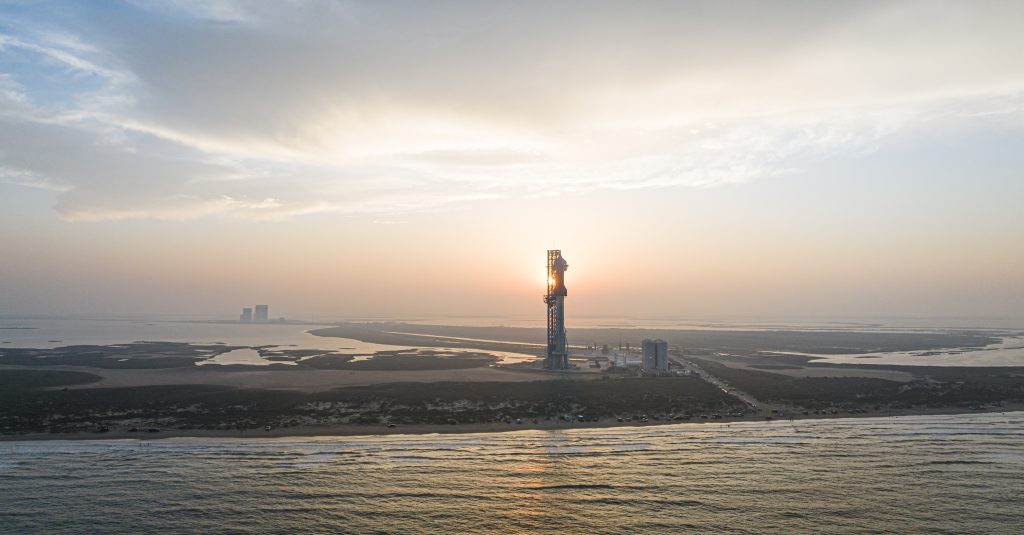
Before I discuss the importance of the mission and whether it is a success or failure, we must look into what Starship is to see why this launch was a big deal. In 2018 SpaceX announced that they would start building the largest rocket ever in Boca Chica, Texas, right on the border with Mexico. As SpaceX’s long term goal is to colonize Mars, they needed a super heavy rocket that could launch payloads and people to orbit
In the summer of 2020 SpaceX began testing small vehicles that allowed them to perfect the tank structure of the Starship vehicle and test the control software. These basic metal tanks that resemble grain silos or water towers were the basis for all future Starship designs.
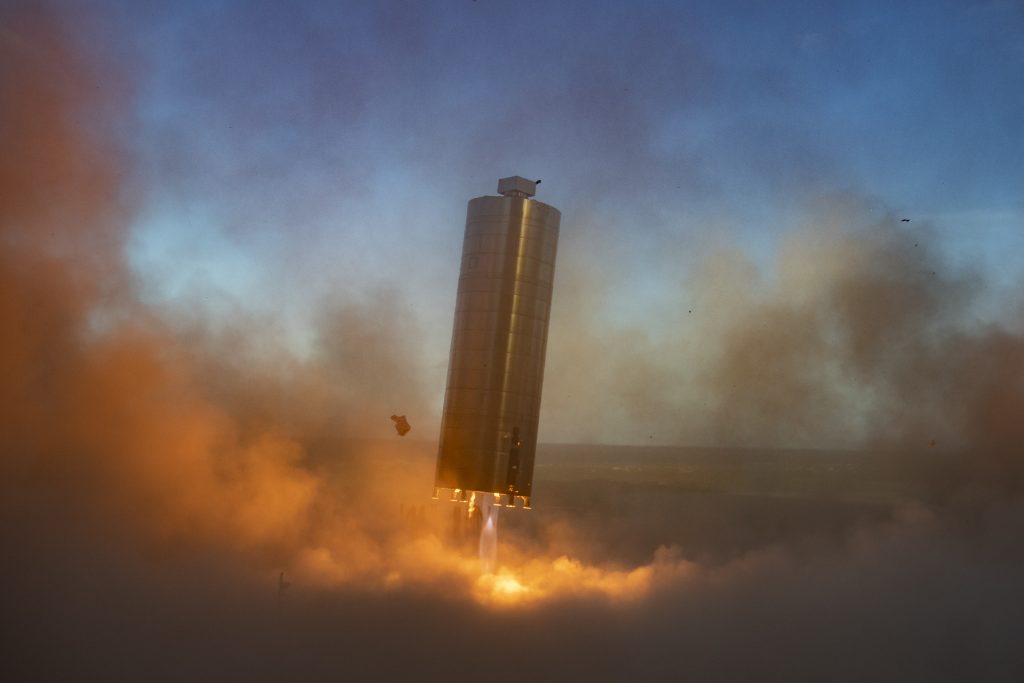
In December of 2020 the first Starship vehicle equipped with fins was launched to test the full flight characteristics of the vehicle during launch and landing. The vehicle performed well, launching to its high altitude peak and then performing its signature “belly flop” maneuver to slow itself down. At the last moment Starship’s engines came to life and flipped the vehicle around for final landing. While it impacted the ground due to an engine failure, the test demonstrated Starship’s reusable capabilities.
This landing capability is one of the reasons Starship is so revolutionary for the spaceflight industry. SpaceX is known for its landable first stages, but the upper stages of these rockets are always disposed of. With Starship’s ability to land, the rocket can be fully reused. This decreases the cost per rocket launch drastically and increases the rate at which they can be launched.
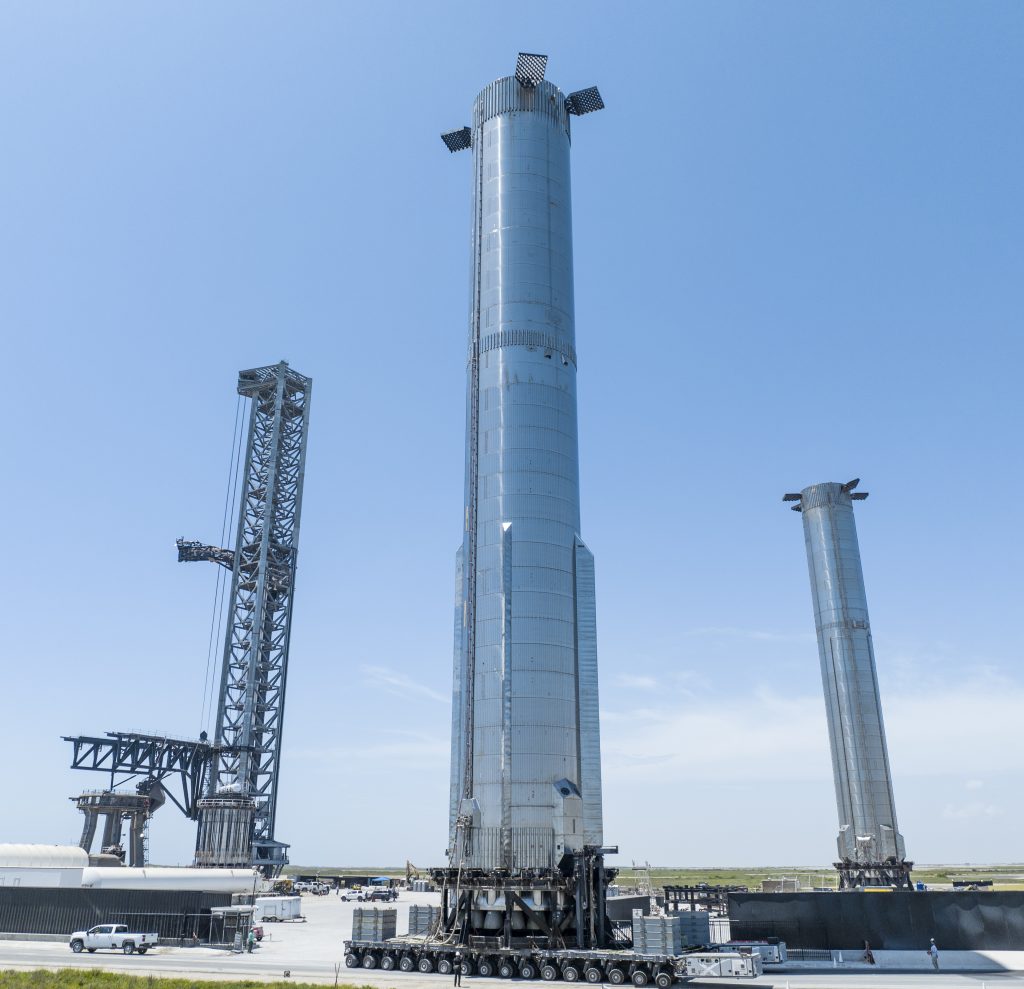
In April of 2021 NASA selected a bid from SpaceX to create a modified Starship without fins to land on the moon as a part of the Artemis III mission. With this extra NASA funding and a successful high altitude test flight, SpaceX focused on the development of the Orbital Launch Mount (the launch pad) and the first stage of the Starship vehicle called “Super Heavy”. The Super Heavy would be, well, SUPER HEAVY. With 33 Raptor main engines, the vehicle is the most powerful rocket ever made
Development leading up to the first test flight seemed slow compared to the neck-breaking speed of the early Starship test flights, but lots was being done. Finally after 2 years of waiting on April 14th it was confirmed that the first ever Orbital Flight Attempt would take place on April 17th. After a scrub on the 17th, the most powerful rocket ever launched from Boca Chica on April 20th, 2023, at 8:33 Central Time.
The launch began with an immediate problem. Chunks of concrete from the launch pad began being flung due to the 16 million pounds of thrust (more than double the amount of thrust from the Saturn V moon rocket) coming from the 33 raptor engines. Along with this, the SpaceX live stream indicated three engines had failed at launch. Despite this, the rocket cleared the launch tower.
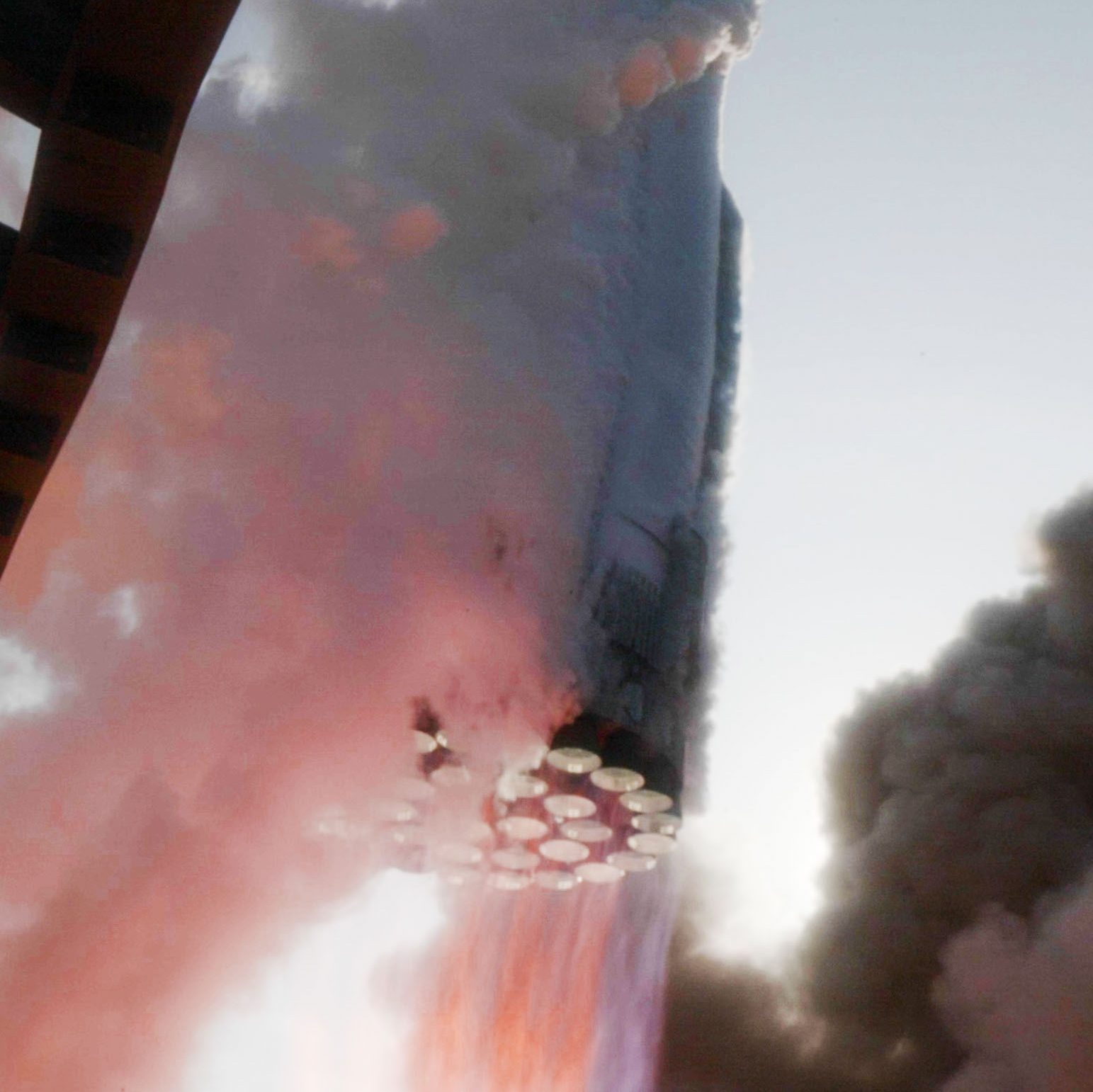
At about 29 seconds into launch, an explosion is seen in one of two hydraulic power units that power the systems used to control the rocket. This loss of hydraulic power is believed to contribute to later events. The rocket continued to fly, losing engines as it accelerated into the sky. Eventually the rocket reached the maximum aerodynamic load that it would experience, called MAX Q. This point was an important milestone in the flight indicating that the vehicle could withstand the strongest aerodynamic forces during launch.
Shortly after reaching this milestone, at about two minutes and 30 seconds into flight, the rocket lost control. It tumbled for another 2 minutes, attempting to correct the spin, before SpaceX mission control activated the flight termination system causing the rocket to explode.
So if the rocket exploded, why does SpaceX call this mission a success?
The reasoning for calling this mission a success has to do with 3 factors.
The first of these is that SpaceX uses trial and error to quickly make changes. While some agencies like NASA go through a more rigorous testing process, SpaceX learns through in flight testing. While this might cost more then the long term testing, SpaceX is able to learn more in a shorter amount of time. Because of the data SpaceX was able to collect they can more quickly make adjustments to their next attempt. SpaceX has also been chosen to make the lunar lander for the Artemis III mission, so Starship must be flight ready by 2025. This does not leave a lot of time for in depth testing.
The next factor is, well, spaceflight is difficult. The first launch of a vehicle rarely spells success. Only agencies like NASA have had a good track record of debut rocket launches. This problem only amplifies when you are working on the most complex and largest rocket ever made.
The final factor is a mix of the previous two. SpaceX already has a better first stage built. The booster used for the test flight (BN 7) lacked many improvements that newer boosters such as BN 9 have. Instead of a hydraulic control system, it has an electric one. So why launch the old booster instead of flying the new one? You have to start somewhere. You can keep waiting for newer and newer versions to be made, but it’s no good if you launch and discover an issue that is hard to adjust so far down the development pipeline.
While this mission was far from perfect, it completed the mission of clearing the launch pad, flying, and causing excitement. Elon Musk claims that the next Starship test flight may only be one to two months away, but extensive damage to the launch pad may push this estimate out further.
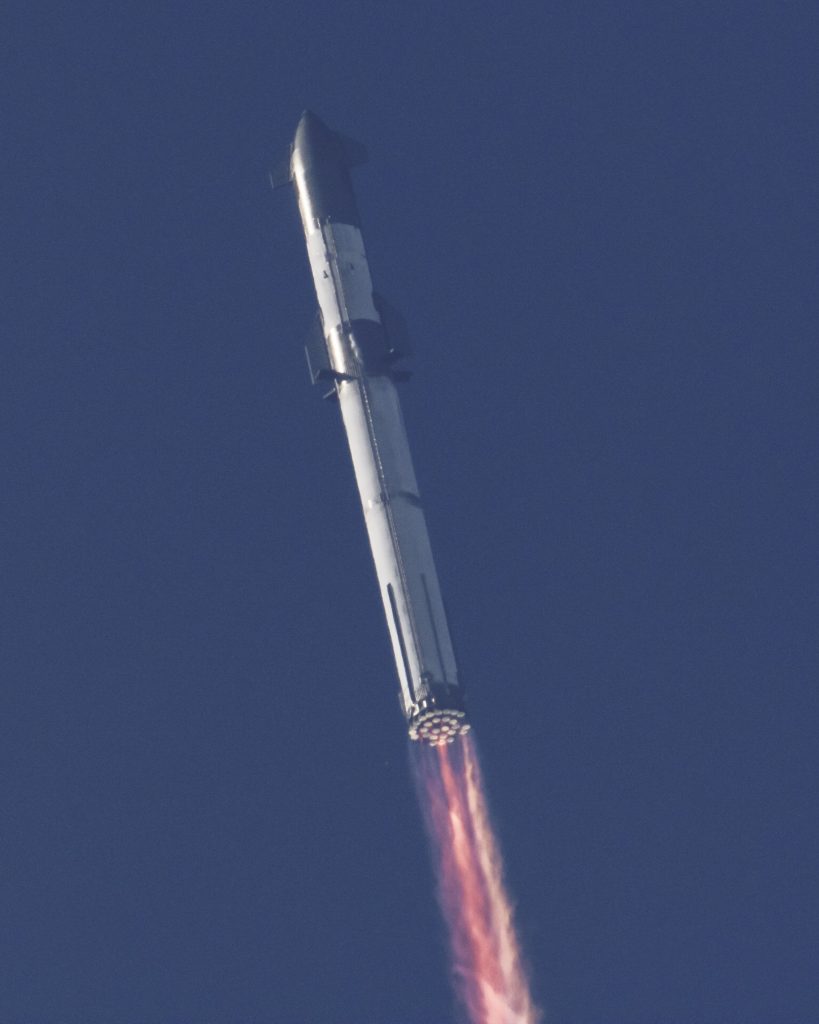
Regardless of delays, this launch marks a new era of human spaceflight, a new space race, and a new generation of inspired engineers, scientists, and explorers.
I hope to make these digestible bits of spaceflight news better, so If you have any aerospace questions or some feedback, don’t hesitate to let me know. Contact me at codyeutsler@gmail.com.
As always, fly safe.




